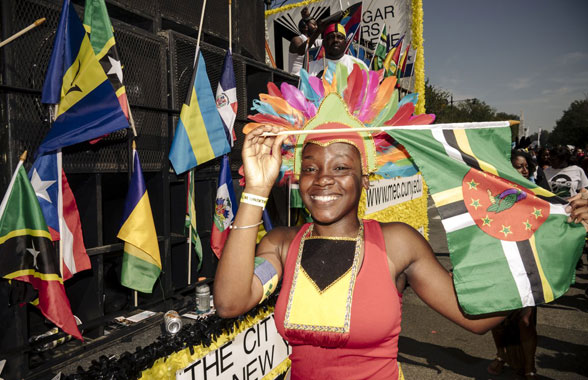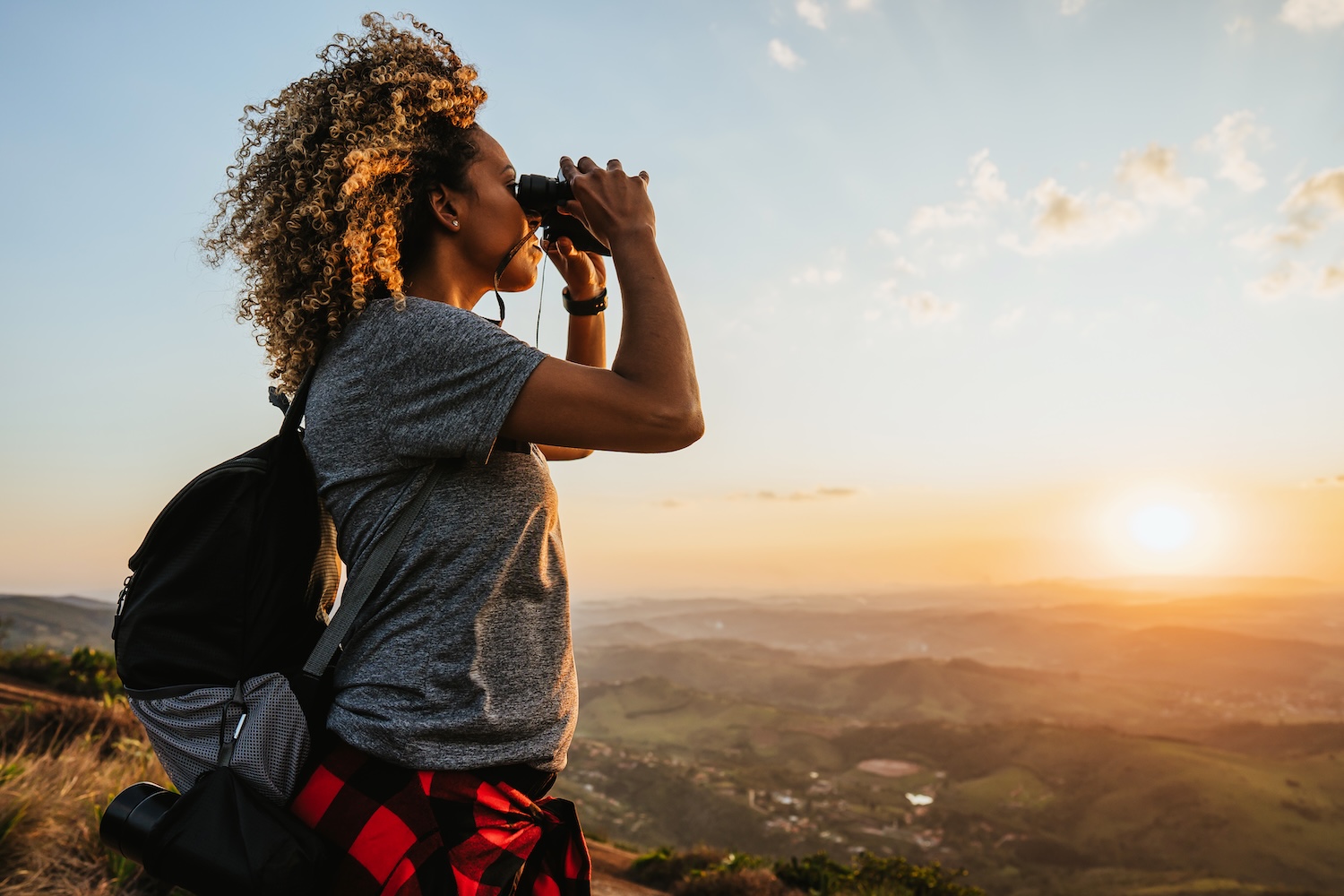Much to the excitement of many locals and tourists, the summer parades in New York City will resume. One of the most vibrant is the West Indian Day Parade (or the Labor Day Parade), a celebration of Caribbean heritage. Vendors selling all kinds of goods flank Brooklyn‘s Eastern Parkway, and the smell of Caribbean delicacies wafts through the air. And let’s not forget the young men selling nutcrackers that can knock you on your backside.
Preceding the parade is J’ouvert, which is French for daybreak. The celebration is linked to emancipation and typically runs from 2 a.m. to the middle of Labor Day. Sadly, violence has marred J’ouvert over the years, leading to a required increase in security.
The parade draws about 2 million people. It starts on Schenectady Avenue and concludes at Grand Army Plaza in front of the entrance to Prospect Park. Mas bands, stilt walkers, and steel drummers keep the energy high. It’s rare for it to start and end exactly on time. Some spectators jump over barricades and dance with the costumed revelers. In a way, you can’t blame them. Those island rhythms demand that you move, even if you don’t really know how.
According to Carnivaland, “There are over 600,000 New Yorkers of West Indian descent” and many reside in Brooklyn. At the parade, Jamaicans have a strong presence with their gold, black, and green flags. Smaller islands like St. Lucia, Dominica, and St. Kitts and Nevis show out, too. Even South and Central American countries like Guyana and Belize participate in the fun.
The West Indian Day Parade takes its cue from similar celebrations across the Caribbean. A Trinidadian immigrant named Jesse Waddle created the blueprint for the parade as we know it today. According to MAAP, it was held at the Audubon Ballroom, The Renaissance, and The Savoy in the 1920s. As it became larger and more elaborate, it was clear that these stuffy places were poorly suited for such a high-energy event. So Waddle applied for a street parade permit in the 1940s. The parade was pushed to Labor Day, and in the 1960s, it moved to Brooklyn.
If you’re looking to try a variety of Caribbean cuisine, there’s no better place to do it than at the parade. Aside from jerk this and curry that, there are foods less familiar to American palates like bammy, festivals, and gizzadas–a pastry with brown sugar and grated coconut packed into a buttery crust. There’s plenty to drink, as well, including piña colada, rum punch, and sorrel.
Following the cancellations of the last two years, expect an especially memorable West Indian Day Parade. If you go, be safe and have fun!





